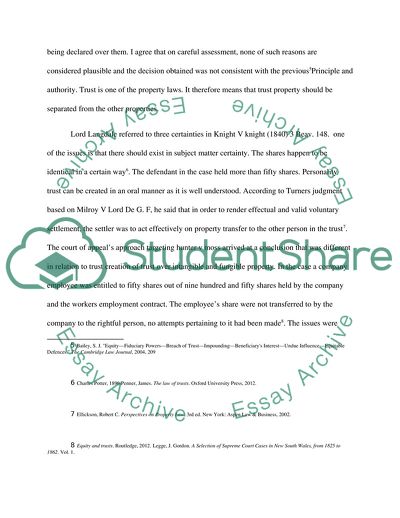Cite this document
(Equity and Trust Law Essay Example | Topics and Well Written Essays - 2750 words, n.d.)
Equity and Trust Law Essay Example | Topics and Well Written Essays - 2750 words. https://studentshare.org/law/1851966-equity-and-trust-law
Equity and Trust Law Essay Example | Topics and Well Written Essays - 2750 words. https://studentshare.org/law/1851966-equity-and-trust-law
(Equity and Trust Law Essay Example | Topics and Well Written Essays - 2750 Words)
Equity and Trust Law Essay Example | Topics and Well Written Essays - 2750 Words. https://studentshare.org/law/1851966-equity-and-trust-law.
Equity and Trust Law Essay Example | Topics and Well Written Essays - 2750 Words. https://studentshare.org/law/1851966-equity-and-trust-law.
“Equity and Trust Law Essay Example | Topics and Well Written Essays - 2750 Words”. https://studentshare.org/law/1851966-equity-and-trust-law.


